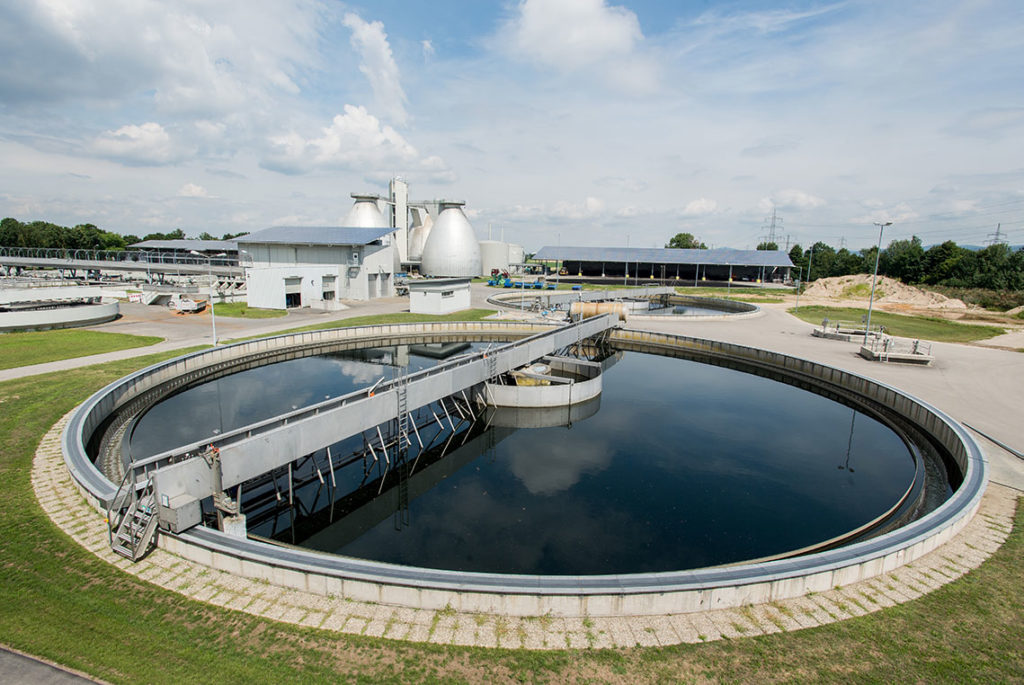In Germany, more than 9,100 municipal wastewater treatment and disposal facilities are statistically recorded and monitored (Destatis 2016). These treat around 9.6 billion m³ of wastewater annually. In addition, there are about 2,600 industrial wastewater treatment plants, in which about 1.5 billion m³ of commercial wastewater is treated.
Another 16.6 billion m³ of wastewater comes from use as cooling water. In general, this waste water is discharged untreated into rivers as the only change in characteristics is the
increase in temperature. The main producers are power plants, which have to limit their discharges during drought or high temperatures.
The majority of wastewater produced in Germany is treated in central municipal wastewater treatment plants.
The capacity of a wastewater treatment plants is measured in so-called population equivalents (PE) and describes the number of inhabitants living in the catchment area of a wastewater treatment plant.
Municipal wastewater treatment plants that have commercial or industrial wastewater intakes, the pollution loads of these intakes are converted into so-called population equivalent values (PEV) and taken into account accordingly in the design of the wastewater treatment plant. In Germany, the total treatment capacity of the 9,100 municipal wastewater treatment plants is about 152 million PE, were as Germany has only 79 million inhabitants actually connected to wastewater treatment plants.
542 of the 9,100 wastewater treatment plants in Germany have a capacity of more than 50,000 PE and fall under the obligation to treat sewage sludge thermally and recover phosphorus,
which will apply from 1 January 2029 or 1 January 2032 respectively. These wastewater treatment plants account for 60% of the wastewater treated.
Another 1,600 wastewater treatment plants have a capacity of 10,000 to 50,000 PE, in which another 28% of the total wastewater is treated. Although, according to the Sewage Sludge Ordinance (AbfKlärV), soil-related utilisation is still permissible for these plants after 31 December 2028, this option is in fact only of theoretical nature. The reasons being too high content of pollutants in the sewage sludge or collective sludge treatment facilities exceeding the exemption for smaller plants.



